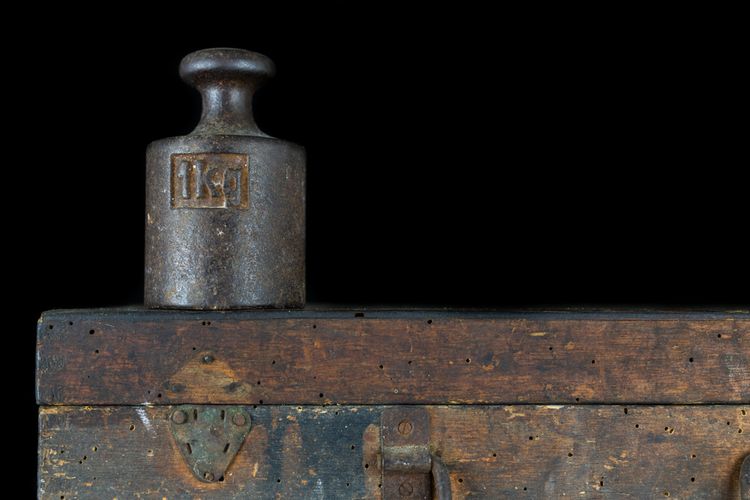Last November the scientists announced that they would replace the weight or kilogram gauge that had been used for 130 years in 2019. N...
Last November the scientists announced that they would replace the weight or kilogram gauge that had been used for 130 years in 2019. Now, scientists announce that the new definition of kilograms will officially change from tomorrow.
This decision was unanimous according to the results of the General Conference on Weights and Measures meeting in Versailles, France, last year.
It was mentioned that so far the weight size is based on Le Grand K or large K, metal which determines the weight of one kilo.
Different scales ranging from the scales in the kitchen to the weight scales are made based on metal standards that have been kept at the Paris barn since 1889.
Over time, the metal stored in the Paris barn quickly loses atoms or absorbs molecules from the air, which makes its mass change tens of micrograms in the last century.
This means prototypes are used worldwide to measure kilograms, and calibration scales are no longer accurate.
This slight difference will not affect everyday life. However, even scientists, especially those that intersect with scientific calculations will be a problem.
Therefore, the weight size prototype must be precise and constant, and as much as possible based on universe law not based on physical objects such as the benchmark size of the kilogram.
To note, four of the seven fundamental units of the International Unit System (SI) are not based on physical constants, namely amperage (electric current), Kelvin (temperature), mole (number of substances or particles), and kilograms (mass).
In a discussion last November, scientists also considered updating the benchmark measurement of amperes, kelvins, and moles.
"We argue, if all measurement units are based on physical constants, then in the future the measurement standard will be stable, unchanging, and most importantly universally accessible anywhere," explained Terry Quinn as Director of Emeritus of the International Bureau of Weights and Measures ( BIPM), reported by Science Alert on Sunday (05/19/2019).
For example, one meter is determined by the distance traveled by light in vacuum for 1/299792458 per second. One second is determined by the time it takes for the cesium atom to oscillate 9,192,631,770 times.
While one kilogram is based on a physical object that might change its mass.
| International Prototype of the Kilogram (GPA), the metal used as the standard for measuring kilograms since 1889. This metal is stored in a bar in Paris. |
As mentioned above, the size of one kilogram is determined by metals made of 90 percent platinum and 10 percent iridium, which have been stored in Paris bunkers since 1889. Kilograms are the only SI measuring units that are still determined by physical objects.
Change in kilograms of kilograms
Based on wanting to make a benchmark for kilograms based on natural law, scientists decided to calculate kilograms based on Planck's constant and the ratio of energy to the frequency of photons.
"Only now can we define kilograms into physical constants, namely Planck's constant, the speed of light, and the resonant frequency of cesium atoms," Quinn explained.
"Why all three? This is because Planck's constant unit is kgm2s-1, so we must first define the meter (in terms of the speed of light) and second (in terms of cesium atoms in atoms) hours," he added.
"So based on the new definition, the calculation for the amount of one kilogram by setting the numerical value of the Planck constant so that it equals 6,626 069 ... x 10-34 when expressed in SI units - 1 m2 kg, which is the same as Js."
We do not need to worry about calculating the kilogram will change and make it difficult. If we buy one kilogram of apples before the definition of a kilogram is altered, the result will be equal to one kilogram of apples after a change in meaning. This will only affect metrologists (counting experts) and scientists in general.
Then what happened to the metal stored in Paris?
Quinn explained the metal would continue to be stored in its place under the same conditions as before to honor the inheritance.
"The metal might also be studied in the future to observe how much the mass changes," Quinn said.
With the definition of a new kilogram that certainly won't change, scientists will be able to ascertain whether the metal has lost mass over the past century.
Quinn added, even though this mass calculation seemed complicated, this system would be easily understood by anyone. "Even school children will be able to have fun with this new calculation," he said.
Source: Google, Kompas, Science











COMMENTS